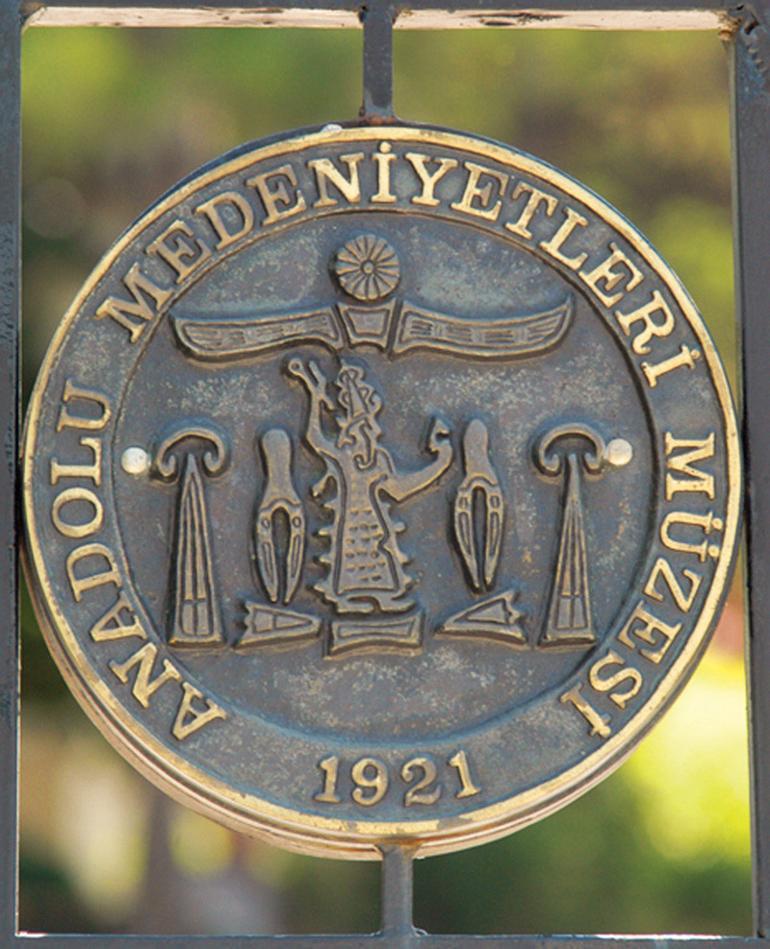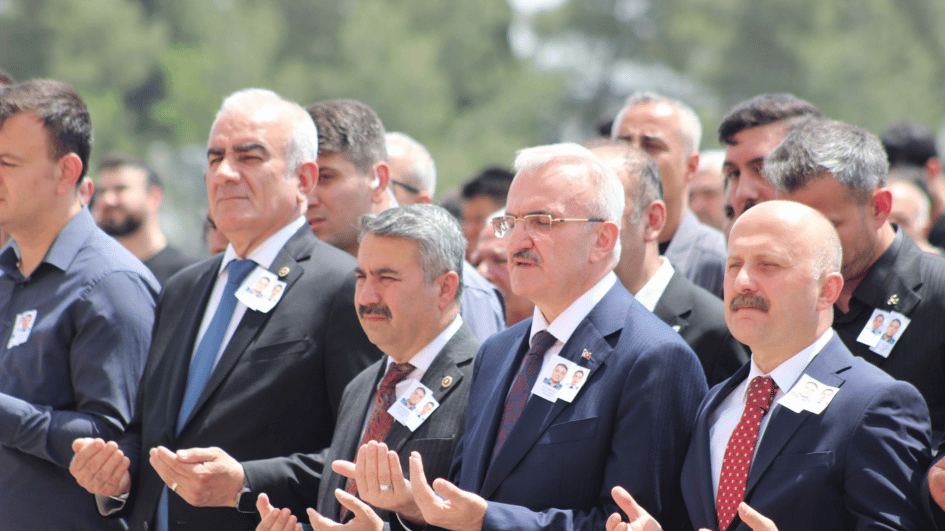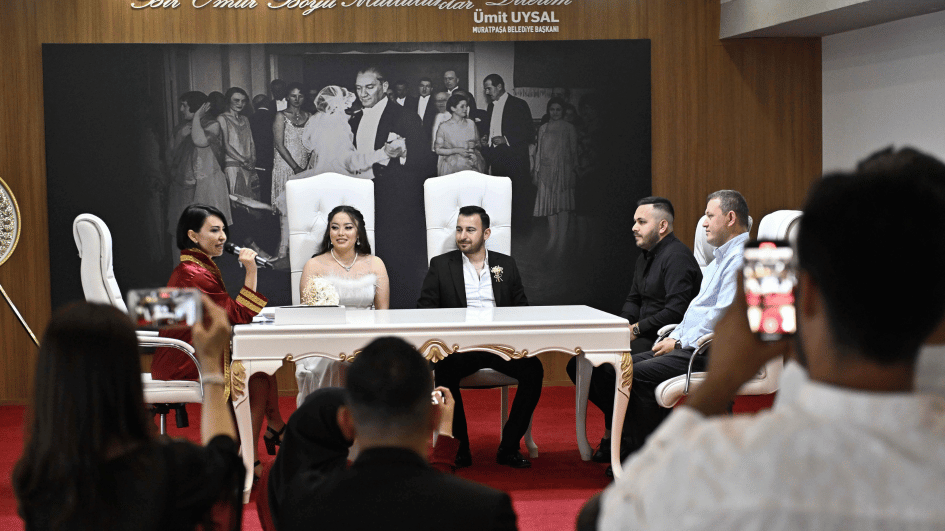Anatolian Civilizations Museum a gift to Ankara
ÖZGEN ACAR

The Greek army continued to move towards Central Anatolia from the Aegean to the Turkish Parliament in Ankara, the capital of Turkey.
The ball sound of the Greek army, deployed in Polatlı in 1921, caused concern in Ankara. Documents were being loaded to ox-driven carts in order to move the capital to Kayseri before it was seized by enemies.
There have been various rumors about the failure of the National Struggle. The capture of the capital by the enemy army was a matter of days.

Turkish writer and journalist Nezihe Araz, who lived from 1920-2009, had described the living conditions in Ankara in those days.
“Ankara is a forgotten city. Almost nothing from the civilization is available. No light. No water. It fights against dust storms. No trees. The soil is barren. It is a dangerous malaria area,” Araz wrote.
“In short, it is an abandoned and dull steppe town. Lighting is provided with candles, gas lamps or carbides. Warming is provided with room stoves,” she said.
“Since there is no water system, water is found in neighborhood fountains and carried to houses. Bathrooms are inadequate, everyone goes to the hamams. There is no public transportation. No one has a phone, except for senior managers such as the governor, ruler and gendarmerie commander,” said Araz.
With the enemy on one hand, poverty on the other hand, President Mustafa Kemal Atatürk instructed the Education Ministry to establish the Cultural Directorate in 1921.
The instruction caused confusion in the ministry in Ankara. No one had understood the reason why he asked the Cultural Directorate to gather old artifacts in Ankara and to open a museum while the city was moving.
Mübarek Galip Bey established the Cultural Directorate with his three officers and gathered artifacts for a museum.
As the culture director, Galip Bey started gathering the pieces from the Temple of Augustus and the Roman Bath in Ankara Castle’s Akkale bastion.
Meanwhile, Hatti and Hittite artifacts also came from the first Turkish excavations, which started with the order of Atatürk in Çorum’s Alacahöyük, as well as other Anatolian regions.
There was a need to have a museum in the capital to bring all these artifacts together.
The abandoned Mahmut Paşa Bazaar and the Kurşunlu Inn were decided to be restored to serve as a museum.
It is estimated that the bazaar was built by grand vizier Mahmut Paşa at the time of Fatih Sultan Mehmet between 1464 and 1471.

It is written in resources that the Angora goat wool fabrics were marketed there. The enclosed area with 10 domes surrounded the 102-stored street. There were 28 rooms in the ground floor and 30 rooms in the first floor. However, these two structures were abandoned after a fire that occurred in 1881.
As one of the world’s most important museums, the Museum of Anatolian Civilizations was first named the Eti Museum due to the Hittite artifacts. The word Eti comes from the French pronunciation of the word Hittite.
Atatürk’s instruction for the establishment of the Museum of Anatolian Civilizations was evidence that he was determined to win the national struggle.
When a big part of the domed area in the center of the bazaar was finished in 1940, the collected artifacts were organized by experts under the direction of German archaeologist Hans Gustav Güterborg and began to be displayed. This section was opened to visitors in 1943.
The restoration of this section was designed by architect Macit Kural and the restoration was carried out by architect Zühtü Bey. The museum’s administration moved to four rooms in 1948.
Works that started in 1938 continued until 1968.
Artifacts from various periods starting from the Paleolithic Age are being displayed in the museum.
The Ankara findings are in the lower floor of the museum. You can see the bones of elephants, rhinos, and giant turtles that lived in Ankara’s Kazan district 15 million years ago, as well as the skull of a monkey called Ankara Pithecus, who could be called the first citizen of Ankara.
A short time ago, 10 million year-old giraffe bones were also found in the Evren district.
Among 68 museums, the Anatolian Civilizations Museum won the Museum of the Year Award on April 19, 1997 in Lausanne.
“The Anatolian Civilizations Museum 1921” is written on a simple plate at the gate of the museum. There is an extraordinary adventure of civilization behind this plate.
















